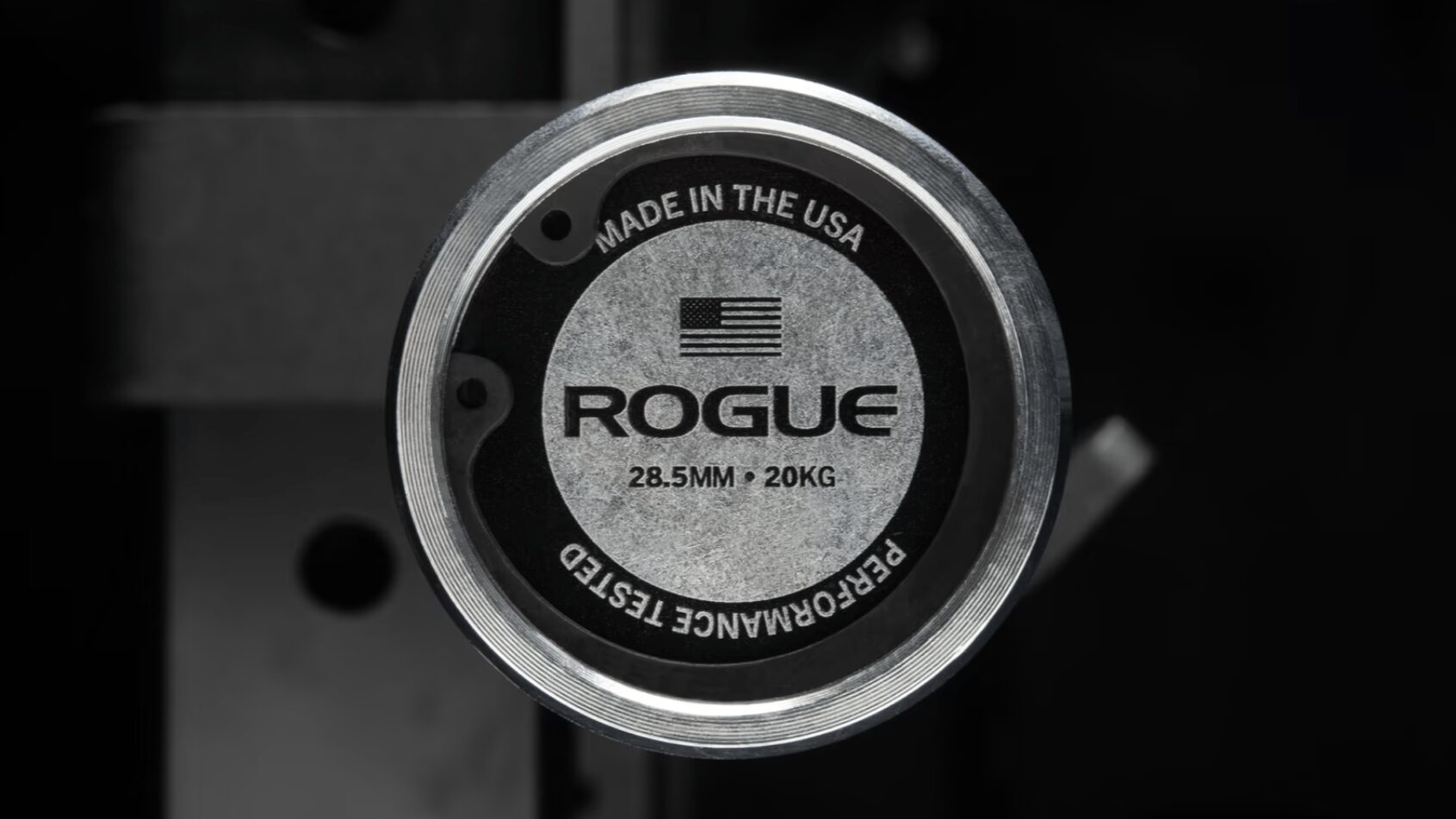Hey, gym warriors! Ever found yourself standing before a barbell, puzzled about how much weight you’re actually lifting? Trust me, we’ve all been there.
Whether you’re a newbie just starting your fitness journey or a seasoned weightlifter looking to break a new record, knowing exactly how much weight you’re lifting is vital.
Today, we’re going to delve into the nitty-gritty of measuring the weight on a barbell.
This comprehensive guide will cover everything from the basics, like counting the weight of the bar and adding up the plates, to more advanced topics, such as memorizing plate combinations and using calculators or apps.
So let’s get lifting and unravel the mysteries surrounding barbell weights!
On This Page
Count The Bar’s Weight – Your Starting Point
First and foremost, before you even touch those plates, you need to know your bar’s weight.
A lot of beginners make the mistake of ignoring this vital piece of information and trust me, it can mess up your training progress.
So, how do you find out the weight of your barbell? Good question.
Most standard barbells in U.S. gyms weigh around 45 pounds, or if you’re more into the metric system, that’s about 20 kilograms (44 pounds).

You could, of course, assume it’s 45 pounds, but it’s always better to double-check.
Many gyms have barbells with different weights for various types of workouts, such as Olympic weightlifting.
Olympic men’s bars generally weigh 20 kilograms, while women’s bars come in at 15 kilograms. If you’re a woman, you might find the narrower grip more comfortable.
For a deep dive into Olympic weightlifting barbells, check out this comprehensive guide.
Add Up Those Plates – The Heart of the Matter
After you’ve sorted out the weight of your barbell, it’s time to move on to the plates. Let’s face it, this is where things can get tricky.
But don’t worry; I’ve got you covered. To get the total weight you’re lifting, you’ll need to do some basic math.
First, add up the weights of all the plates on one side of the barbell.

Once you’ve got that number, double it to account for the plates on the other side.
Finally, add this number to the weight of your bar, and voila, you’ve got your total weight!
For instance, if you’ve got two 25-pound plates and two 10-pound plates on one side (that’s 70 pounds), and you’re using a standard 45-pound bar, your total weight would be 185 pounds. It’s that simple.
For more tips on how to efficiently add up your weights, read this article.
Memorize Plate Combinations – An Insider’s Trick
Now, I know what you’re thinking: “Do I have to do math every time I lift?”
While it might seem daunting at first, you’ll soon find that you’ll start memorizing common plate combinations.
Before you know it, you’ll be able to set up your desired weight in no time.
For instance, if you want to lift 225 pounds, knowing that this translates to two 45-pound plates on each side of a 45-pound bar can save you valuable time and energy.
Want to get even more efficient at this? Keep a small notebook or use an app to track your favorite combinations.
Counting Kilo Plates – Don’t Let Metrics Trip You Up

Alright, you’ve got the basics down. But what if you walk into a gym and find yourself staring at kilogram plates? Don’t panic; the conversion is pretty straightforward.
One kilogram is equal to approximately 2.2 pounds. So to convert kilograms to pounds, you’ll need to multiply the kilogram weight by 2.2.
For example, a 20-kilogram plate would weigh around 44 pounds. You can also reverse this by dividing the weight in pounds by 2.2 to get the weight in kilograms.
Use Calculators or Apps – The Modern Shortcut
Let’s be real; not everyone wants to do mental math while they’re sweating it out in the gym. And that’s perfectly okay!
Technology has made it easier than ever to keep track of your lifts.
Numerous apps and online calculators can do all the math for you, allowing you to focus on what you’re really there for – to lift some serious weight.
Final Tip – Easier 45 LB Math
This is something specific to 45 lbs only as they’re the most commonly used and the math is super easy to figure out.
When adding up 45 lb plates, you simply add 100 and subtract 10 each time.
For example,
- 45 lb bar+100=145 lbs
- 145-10=135 lbs
Then you continue as you add more plates.
135, 225, 315, 405, 495, 585, 675, etc.
You literally just add 100 and subtract 10 each time. You can literally see the trends go down from the numbers above. 45, 35, 25, 15, 5, 95, 85, 75, etc.
Simple as that!
Frequently Asked Questions
Conclusion
So there you have it, folks! We’ve gone through the A to Z of measuring weights on a barbell.
From counting the weight of the bar to adding up plates, memorizing combinations, and even converting to kilograms, you’re now well-equipped for your next lifting session.
What are your go-to plate combinations? Share your tips in the comments below, and let’s keep lifting those weights to new heights!
Until next time,
-Dante